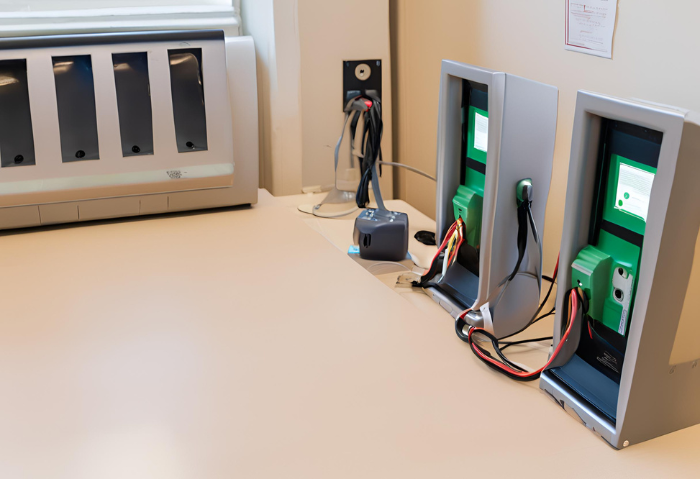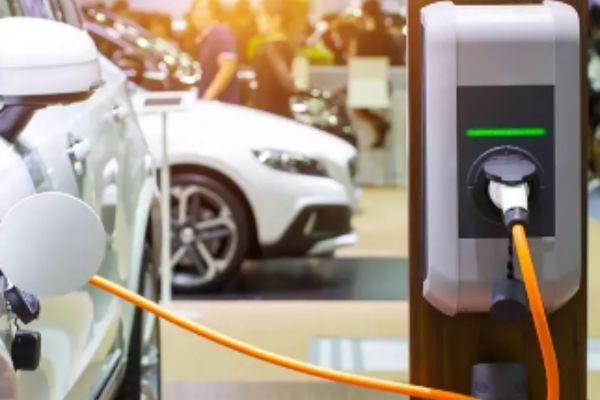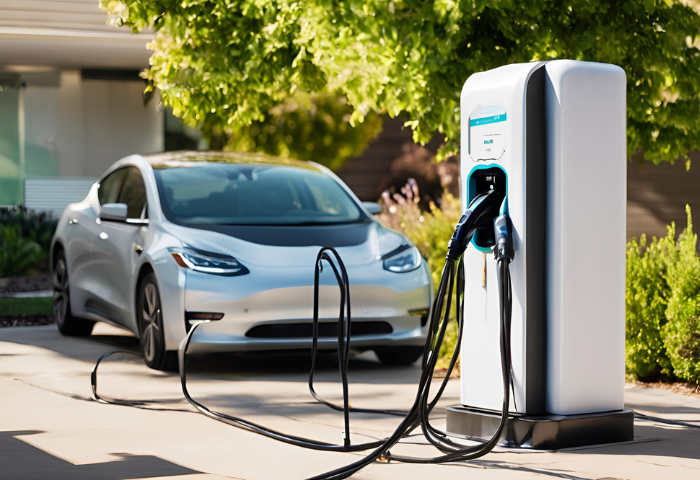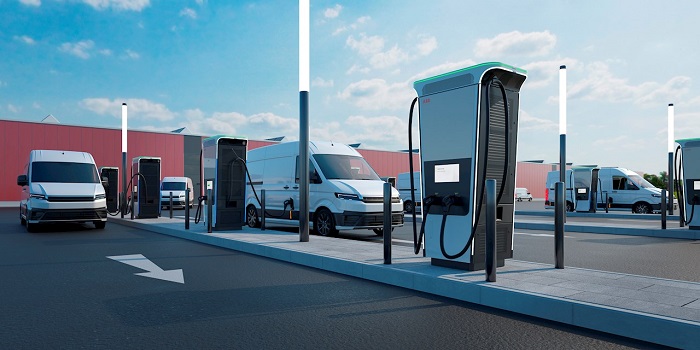DC Level 3 EV Chargers: Powering the Future of Electric Vehicles
The rapid adoption of electric vehicles (EVs) has brought about a critical need for efficient and powerful charging infrastructure. Among the various charging solutions available, DC Level 3 chargers stand out as the frontrunners, offering unparalleled speed and convenience. This essay will delve into the key aspects of DC Level 3 chargers, exploring their benefits, limitations, and role in shaping the future of EV charging.
DC Level 3 EV Charger Overview
A DC Level 3 EV charger, also known as a DC Fast Charger, is the fastest method for charging electric vehicles (EVs). Unlike Level 1 and Level 2 chargers that use Alternating Current (AC), Level 3 chargers utilize Direct Current (DC) to directly juice up the battery, bypassing the car’s onboard charger for significantly faster charging times.

Definition of DC Level 3 EV Charging
DC Level 3 EV charging refers to the process of delivering high-voltage DC power directly to an EV’s battery. This method eliminates the need for the car’s onboard charger to convert AC to DC, resulting in much quicker charging speeds. These chargers typically range in power output from 50kW to 350kW, enabling EVs to gain a significant amount of range in a short time (usually 15 minutes to 1 hour).
Comparison Between Level 1, Level 2, and Level 3 EV Chargers
| Feature | Level 1 Charger | Level 2 Charger | Level 3 Charger (DC Fast Charger) |
| Power Source | AC Outlet (household outlet) | Dedicated Charging Station | Dedicated Charging Station |
| Voltage | 120V AC | 240V AC | High-Voltage DC (400V – 900V) |
| Power Output | 1.4 kW – 3.6 kW | 6 kW – 19.2 kW | 50 kW – 350 kW |
| Charging Speed | Slowest (hours to full charge) | Moderate (several hours to full charge) | Fastest (minutes to partial charge) |
| Cost | Typically lowest (uses an existing household outlet) | May vary depending on location and provider | Typically highest due to high-power infrastructure |
| Ideal Use Case | Overnight charging at home | Home charging or public charging (workplace, shopping centers) | Long road trips where quick top-ups are needed |
Benefits of DC Level 3 EV Charging
- Super Fast Charging: Ideal for long road trips where you need to get back on the road quickly.
- Convenience: Strategically placed DC Fast Chargers along highways and major routes can significantly improve long-distance EV travel.
- Future-Proofing: As battery technology improves and EV adoption grows, DC Fast Chargers will become increasingly crucial for supporting a wider range of EVs.
Common Use Cases and Applications
- Highway Rest Stops: Strategically placed DC Fast Chargers at rest stops enable convenient top-ups during long journeys.
- Urban Charging Hubs: High-power charging stations in urban areas cater to taxis, ride-sharing services, and delivery fleets that require frequent charging.
- Retail Locations: Shopping malls, grocery stores, and other high-traffic areas can offer DC Fast Charging as an amenity to attract EV drivers.
Global Standards for DC Fast Charging
While DC Fast Charging offers significant benefits, there’s no single universal standard. Here’s an overview of the three dominant DC fast charging connectors:
- CHAdeMO: Primarily used in Japan and Europe, CHAdeMO utilizes a unique connector.
- CCS Combo (CCS1 & CCS2): The most common standard in North America and Europe, CCS uses a combination charging port that can accommodate both AC and DC fast charging.
- Tesla Supercharger: Tesla has its proprietary Supercharger network specifically designed for Tesla vehicles. While it is not open to other brands, it boasts one of the most extensive fast-charging networks globally.
The lack of a single standard can be a hurdle for EV users traveling across regions with different dominant connector types. However, with growing industry collaboration, there’s a push for greater interoperability in the future.
Technical Specifications for DC Level 3 Chargers
Here are the technical specifications of DC Level 3 chargers, covering charging speed and power output range, physical and electrical requirements, connector types and compatibility issues, software and network capabilities, as well as safety features and protocols.
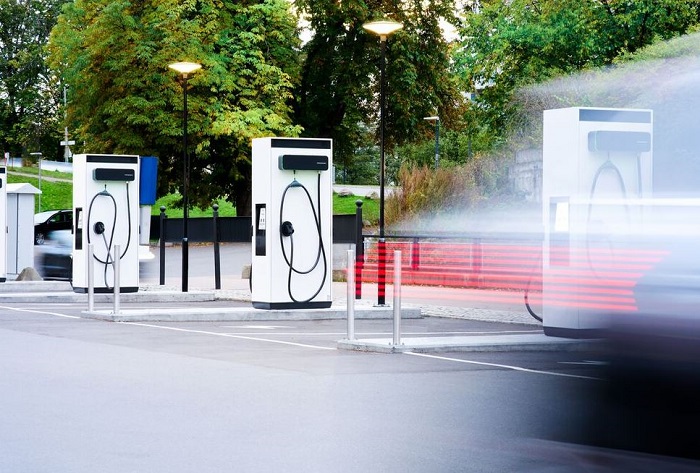
Charging Speed and Power Output Range
DC Level 3 chargers typically offer rapid charging speeds, providing high-power output to quickly charge electric vehicle batteries.
Power output ranges vary depending on the specific charger model and manufacturer, but can range from 50 kW to over 350 kW or more.
Charging speeds can add 60-100 miles of range in as little as 20-30 minutes, depending on factors such as battery capacity, state of charge, and vehicle compatibility.
Physical and Electrical Requirements
DC Level 3 chargers require a three-phase AC electrical supply with high voltage and current capacity to convert to DC power for charging electric vehicles.
Installation typically involves specialized electrical infrastructure, including transformers, rectifiers, and power electronics, to handle the high-power output of Level 3 chargers.
Site preparation may include considerations for physical space, accessibility, zoning requirements, and environmental factors.
Connector Types and Compatibility Issues
DC Level 3 chargers support various connector types, including CHAdeMO, CCS, and Tesla Supercharger, depending on regional standards and manufacturer specifications.
Compatibility issues may arise if an electric vehicle’s charging port does not match the connector type of the charging station. Adapters may be available to address compatibility issues in some cases.
Software and Network Capabilities
Many DC Level 3 chargers feature advanced software and network capabilities for remote monitoring, management, and diagnostics.
These capabilities enable operators to monitor charging sessions, perform software updates, track usage and billing, and troubleshoot issues remotely.
Safety Features and Protocols
DC Level 3 chargers incorporate various safety features and protocols to ensure safe and reliable charging operations.
Safety features may include overcurrent protection, overvoltage protection, ground fault detection, temperature monitoring, and emergency stop controls.
Protocols such as ISO 15118 and ISO 61851 govern communication between the charging station and electric vehicle, ensuring interoperability and safety during the charging process.
Installation and Maintenance
Installing and maintaining DC Level 3 chargers involves several key considerations.
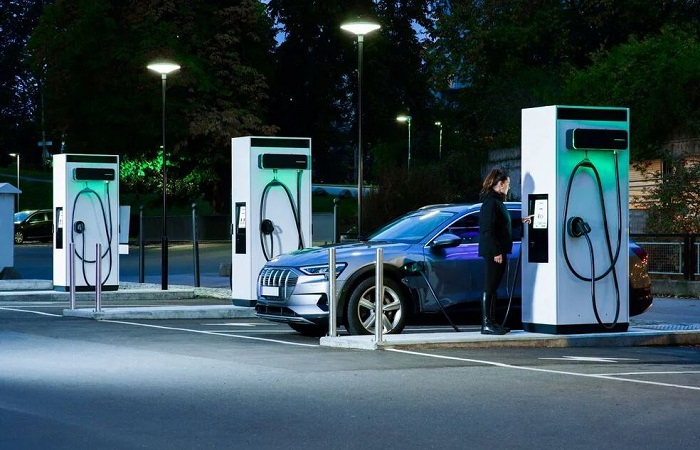
Site Selection Criteria for DC Level 3 Chargers
Traffic Patterns: Placing chargers along highways, near busy intersections, or in high-traffic areas with existing EV usage is crucial.
Proximity to Amenities: Locations near shopping centers, restaurants, or rest stops enhance user experience while charging.
Utility Infrastructure: Access to a high-power electrical grid connection is essential to support the charger’s power demands.
Land Availability and Ownership: Securing a suitable location with adequate space and addressing land ownership or leasing requirements is necessary.
Regulations and Permits: Obtaining necessary permits and complying with local regulations for electrical installations and safety standards is crucial.
Installation Process Overview
Planning and Design: This involves selecting the charger model, considering site layout, electrical engineering for grid connection, and obtaining necessary permits.
Civil Work: Preparing the site may involve foundation work, trenching for cabling, and installing electrical conduits.
Equipment Installation: Mounting the charger unit, connecting it to the power grid, and installing the chosen connector standard.
Commissioning and Testing: Verifying proper functionality, safety systems, and network connectivity before public use.
Operating Costs and Energy Efficiency
Electricity Costs: The high-power requirements of DC Fast Chargers translate to significant electricity consumption.
Charging Network Fees: Charging network operators may have fees associated with using their stations.
Energy Efficiency: While DC Fast Chargers deliver faster charging, some energy loss occurs during the conversion process. Level 2 chargers offer better overall efficiency for longer charging sessions.
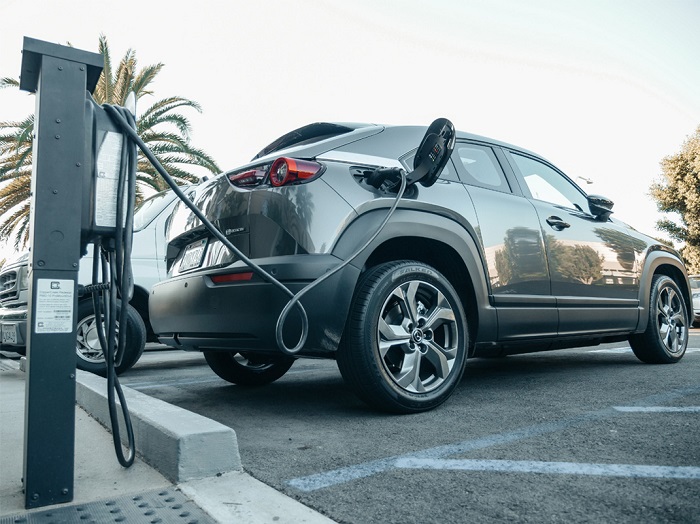
Maintenance and Troubleshooting Best Practices
Preventative Maintenance: Regular scheduled maintenance by qualified technicians is crucial to ensuring optimal performance and safety.
Remote Monitoring: Network connectivity allows for remote monitoring of charger health, identifying potential issues before they escalate.
Emergency Response: Having a plan in place for responding to emergencies like power outages or equipment malfunctions is essential.
Upgrade and Retrofit Options
Power Upgrades: As battery technology evolves and demand for faster charging increases, existing chargers might require upgrades to accommodate higher power output.
Connector Retrofits: If the dominant connector standard in a region changes, retrofitting chargers with new connector types might be necessary to maintain compatibility with a wider range of EVs.
** Important Note: Installation, maintenance, and troubleshooting of DC Fast Chargers should only be performed by qualified electrical professionals with expertise in high-voltage systems.
Market Trends and Growth Drivers
The DC Level 3 EV charger market is experiencing significant growth, driven by several key factors.
Adoption Rates and Market Penetration
- Rising EV Sales: The increasing popularity of electric vehicles is creating a growing demand for fast-charging infrastructure.
- Expanding Charging Networks: Public and private charging networks are expanding rapidly to cater to the growing EV user base.
Government Policies and Incentives
- Subsidies and Grants: Many governments offer subsidies and grants to encourage the installation of DC Fast Chargers, making them more accessible to businesses and communities.
- Emission Reduction Targets: Government policies aimed at reducing greenhouse gas emissions are providing a strong push for the adoption of EVs and supporting infrastructure.
Technological Advancements in EV Charging
- Faster Charging Technologies: Developments in battery technology and charging protocols are enabling even faster charging times with DC Level 3 chargers.
- Smart Charging Systems: Integration of smart grid technologies can optimize energy usage and improve overall efficiency of charging networks.
Impact of Electric Vehicle Adoption on Charger Demand
- Longer Range EVs: As EVs with longer driving ranges become more prevalent, the need for DC Fast Chargers for long-distance travel will increase.
- Battery Degradation Concerns: While Level 2 charging is ideal for everyday charging, DC Fast Charging offers a practical solution for long trips, even if concerns persist about potential battery degradation with frequent high-power charging.
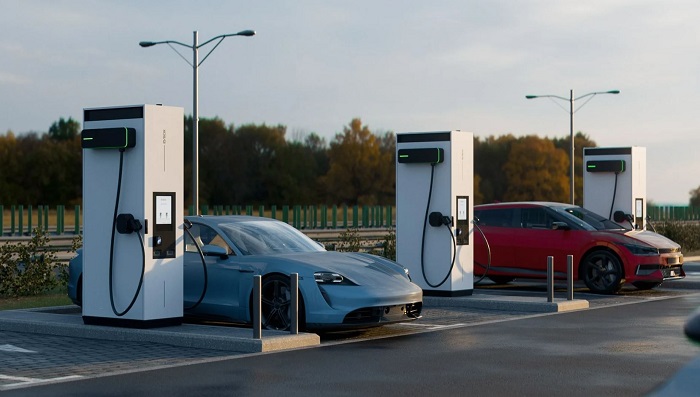
Future Market Predictions and Trends
- Standardization: A push for greater global standardization in connector types like CCS is expected to streamline the user experience and promote wider EV adoption.
- Grid Integration & Renewable Energy: Integration of DC Fast Charging infrastructure with renewable energy sources like solar or wind power can create a more sustainable charging ecosystem.
- Focus on Urban Charging Hubs: Investment in high-density urban charging hubs with multiple DC Fast Chargers are likely to cater to the growing demand in urban areas.
The DC Level 3 EV charger market is poised for significant growth in the coming years. As EV adoption accelerates and technological advancements continue, DC Fast Charging will play a critical role in supporting the transition towards a more sustainable transportation future.
User Experiences and Challenges
While DC Level 3 charging offers substantial benefits, there are also user experiences and challenges to consider.
User Satisfaction and Feedback on DC Level 3 Charging
- Convenience and Time-Saving: The biggest advantage is the significant time savings compared to Level 2 charging, especially for long trips.
- Range Anxiety Relief: The ability to quickly gain a substantial amount of range helps reduce range anxiety for EV drivers on long journeys.
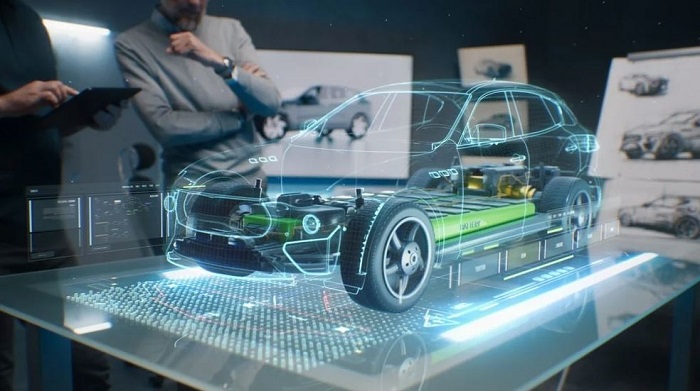
Wait Times and Queue Management
- Station Availability: The number of DC Fast Chargers is still growing, and congestion can occur at popular locations, leading to long waiting times.
- Queue Management: Effective queue management systems at charging stations can help improve user experience during busy periods.
Cost and Pricing Models for Users
- Pricing Concerns: The cost of DC Fast Charging can be higher than Level 2 charging, with pricing models varying depending on the network operator.
- Subscription Options: Some charging networks offer subscription plans that can provide cost savings for frequent users.
Accessibility and Geographic Coverage
- Urban Bias: A higher concentration of DC Fast Chargers is often found in urban areas compared to rural regions. This can create a challenge for long-distance travel on less populated routes.
- Interoperability Issues: The lack of a universal connector standard can be inconvenient for users traveling across regions with different dominant connector types.
Challenges Faced by EV Owners with DC Level 3 Charging
- Battery Degradation Concerns: While infrequent use of DC Fast Charging is generally considered acceptable, some users worry about the potential negative impacts on battery health from frequent high-power charging.
- Limited Availability on Road Trips: The availability of DC Fast Chargers, especially along less-traveled routes, can be a concern for planning long road trips in an EV.
- Reliance on Public Infrastructure: Dependence on public charging infrastructure, especially DC Fast Chargers for long trips, can be a concern for some EV owners who prefer more control over their charging routine.
Regulatory and Safety Standards
Ensuring the safety and proper functioning of DC Level 3 chargers is paramount. Here’s an overview of the key regulatory and safety aspects:
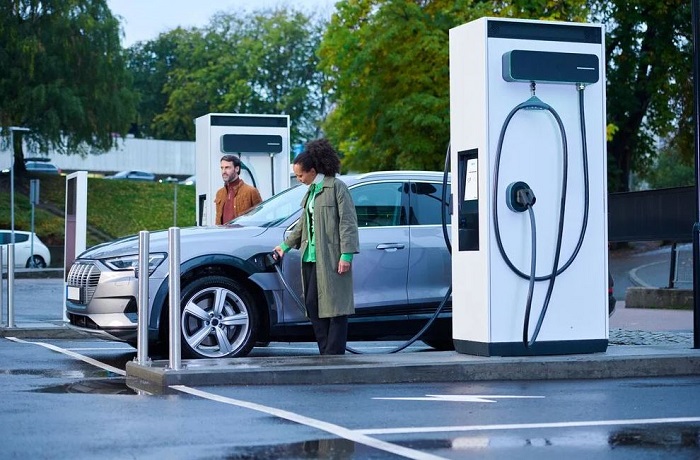
International Safety Standards for DC Fast Charging
IEC 61851: This standard defines communication protocols between electric vehicles and charging stations, ensuring interoperability and safety during the charging process.
ISO 15118: ISO 15118 specifies protocols for plug-and-charge communication between electric vehicles and charging infrastructure, enabling secure and automated charging sessions.
National and Local Regulations Impacting Deployment
Building Codes: National and local building codes may dictate requirements for the installation and operation of EV charging infrastructure, including electrical safety standards, zoning regulations, and permitting processes.
Utility Regulations: Utility regulations may impact the deployment of EV charging infrastructure by governing electricity tariffs, grid connection requirements, and incentives for charging station operators.
Compliance and Certification Processes
Safety Certification: Charging equipment manufacturers must comply with safety certification requirements, such as UL certification in the United States or CE marking in Europe, to ensure that their products meet safety standards and regulations.
Interoperability Testing: Charging station operators may conduct interoperability testing to ensure that their equipment is compatible with different electric vehicle models and charging standards.
Environmental Considerations and Impact Assessments
Life Cycle Analysis: Environmental impact assessments may evaluate the life cycle environmental impacts of EV charging infrastructure, including manufacturing, operation, and end-of-life disposal, to identify opportunities for reducing the environmental footprint.
Site Selection Criteria: Considerations such as energy efficiency, renewable energy integration, and environmental impact mitigation may inform site selection criteria for EV charging installations.
Consumer Protection Laws and EV Charging
Billing Transparency: Consumer protection laws may require charging station operators to provide transparent billing practices, including clear pricing information, billing statements, and dispute resolution mechanisms.
Data Privacy: Regulations governing data privacy and security may apply to EV charging transactions, requiring operators to protect customer data and ensure compliance with privacy laws.
Technological Innovations in DC Level 3 Charging
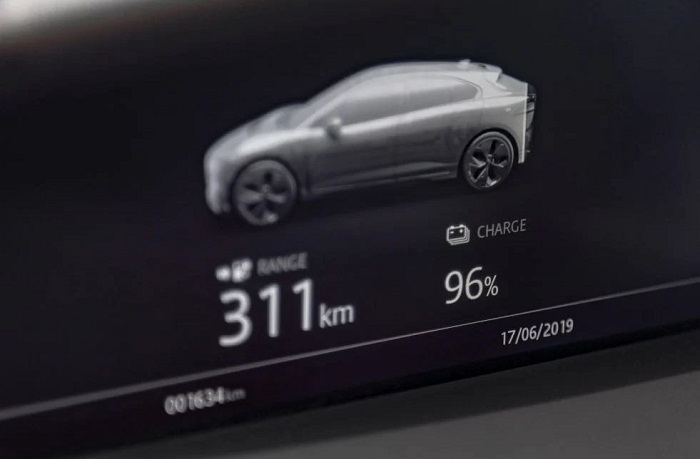
Wireless EV Charging Developments
Inductive Charging: This technology eliminates the need for physical cable connections. Vehicles would drive over charging pads embedded in the road or parking spaces, enabling automatic and seamless charging.
Benefits: Improved convenience, reduced risk of tripping hazards, and potential for automated charging in parking lots or garages.
Challenges: Technological complexity, potential for lower efficiency compared to conductive charging, and infrastructure investment needed for widespread adoption.
Integration with Renewable Energy Sources
Solar-Powered Charging Stations: Combining DC Fast Chargers with solar panels or other renewable energy sources can create self-sufficient charging infrastructure, reducing reliance on the traditional grid.
Microgrids: Integrating DC Fast Chargers with local microgrids powered by renewable sources can enhance sustainability and grid resilience.
Smart Charging Technologies and Grid Management
Dynamic Pricing: Smart charging systems can adjust charging costs based on real-time electricity demand, encouraging off-peak charging and optimizing grid stability.
Vehicle-to-Grid (V2G) Capabilities: Future EVs might be able to act as energy storage units, feeding power back to the grid during peak demand periods, potentially creating additional revenue streams for EV owners.
Vehicle-to-Grid (V2G) Capabilities
Bi-Directional Charging: V2G technology enables electric vehicles to not only consume electricity from the grid but also return excess energy back to the grid when needed. This bi-directional flow of electricity helps stabilize the grid, provides grid services, and can generate revenue for electric vehicle owners.
Grid Stabilization: Electric vehicles equipped with V2G capabilities can provide valuable grid services such as frequency regulation, voltage support, and peak shaving. This helps enhance grid stability, reliability, and resilience, especially during periods of high demand or intermittent renewable energy generation.
Battery Swapping Technology and its Impact
Fast and Efficient Charging: Battery swapping technology allows electric vehicle batteries to be quickly replaced with fully charged ones, reducing the time required for charging and addressing range anxiety among electric vehicle owners.
Scalability and Convenience: Battery swapping offers scalability and convenience for electric vehicle fleets and commercial applications, enabling fast turnaround times and high vehicle utilization rates. This technology can also extend the lifespan of electric vehicle batteries by reducing the wear and tear associated with frequent charging cycles.
In conclusion, DC Level 3 chargers represent a significant leap forward in EV charging technology. Their ability to deliver rapid charging and alleviate range anxiety makes them a crucial component of the transition towards a sustainable transportation future. While challenges remain in terms of cost, infrastructure, and compatibility, ongoing advancements and strategic investments are paving the way for wider adoption and a more robust charging ecosystem for electric vehicles.

Henry Michael is a leading expert in EV charging station research, specializing in innovative solutions for electric vehicle infrastructure. With a passion for sustainability and technological advancement, he is dedicated to advancing the accessibility and efficiency of EV charging worldwide.

